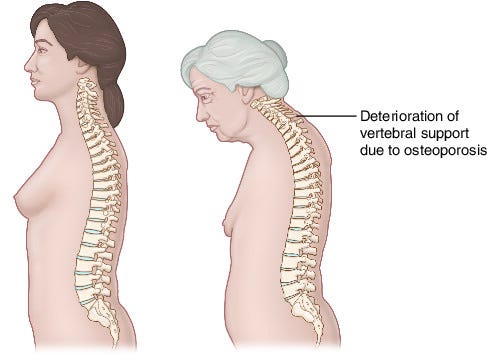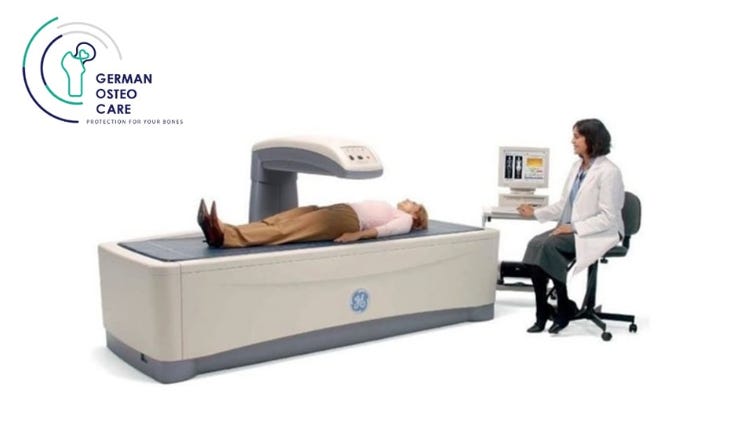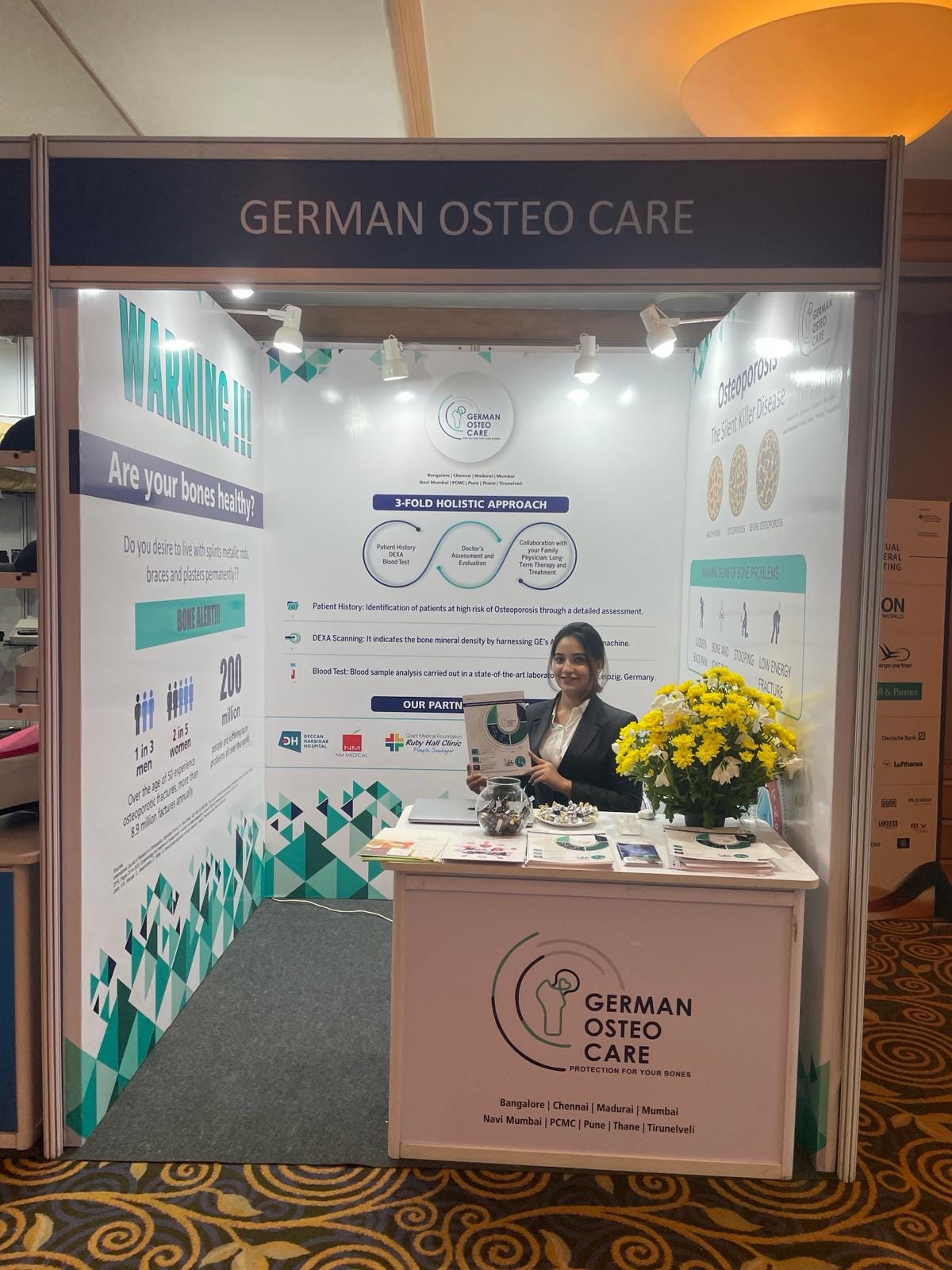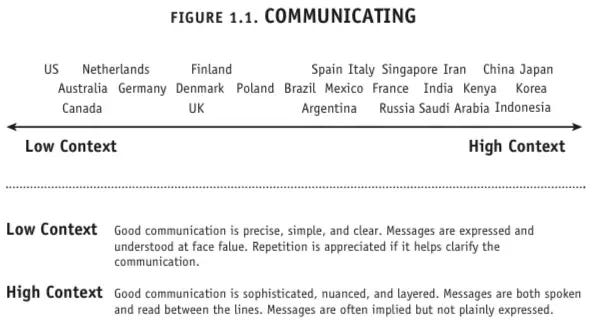10: Leopold Lindner's Journey as Chief of Staff/CFO for a Start-up Introducing Osteoporosis Treatments in India
Navigating Cross-Continental Healthcare Entrepreneurship: Leopold Lindner's Story and Lessons
Hello Kula Readers! 👋
Today, we are diving into the story and insights of Leopold Lindner, a German professional who took the helm as Chief of Staff & CFO at German Osteo Care, a German healthcare startup, based in Mumbai. His journey reveals the challenges of addressing osteoporosis in India, offers a lesson on the importance of finding the right time to market, and provides valuable insights on navigating cultural differences between India and Europe to thrive in a cross-continental work environment.
So yes, not only market insights, but also good entrepreneurial lessons! Read until the end!
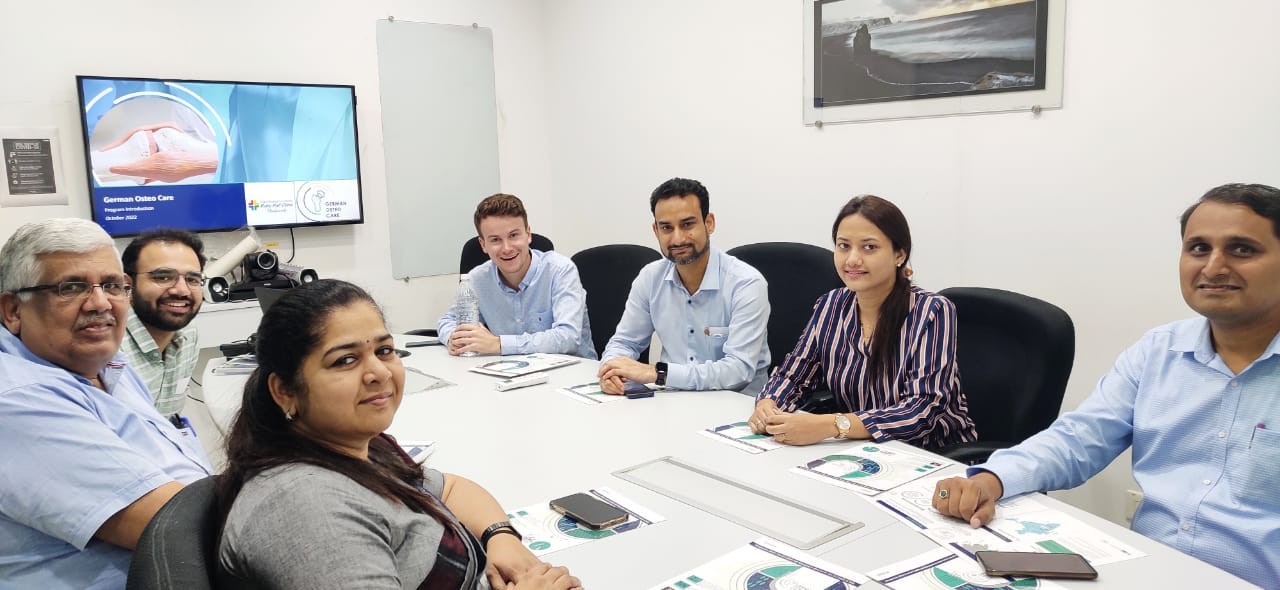
Key Takeaways 🔎
Osteoporosis Prevalence in India: India has an estimated 61 million people with osteoporosis, with the condition occurring 10–20 years earlier than in Western countries. Despite this high prevalence, awareness of osteoporosis is alarmingly low, with only 10–15% of Indians being aware of the disease.
German Osteo Care's Market Entry: German Osteo Care recognized this significant market gap and aimed to introduce high-quality osteoporosis treatments from Germany to India. Their strategy focused on knowledge transfer and supporting local doctors in acquiring essential skills. However, the low awareness of the disease and its relatively low priority posed challenges to expansion.
Cultural Sensitivity and Adaptation: Leo's experience in India highlighted the importance of cultural sensitivity and adaptation in a professional setting. Navigating hierarchical structures, interpreting indirect communication, and fostering strong business relationships are essential skills to thrive in the Indian business environment.
Meet Leopold, “Leo”
Originally from Germany, Leopold currently works at Newion, a Venture Capital Firm in Amsterdam focused on B2B SaaS Start-ups. He completed his Bachelor in Economics at Freie Universität in Berlin (Germany), followed by a double degree Master's in Finance & Management from Católica Lisbon and ESCP, spanning across Lisbon and Paris.
With a passion for investments and start-ups, Leo, garnered invaluable experience in M&A and various start-ups setting the stage for the experience we’ll tell you about in this newsletter.
Upon completing his studies, Leo got the opportunity to work for an early stage start-up, German Osteo Care, based in Mumbai. Essentially, the founders, who were based in Germany, sought a trusted individual who could go there and support growing and streamlining the business.
German Osteo Care: Pioneering Osteoporosis Treatments in India
German Osteo Care (GOC) was founded in 2020 by a team of doctors and investors from Germany who aimed to introduce advanced osteoporosis treatments to the Indian population.
Osteoporosis, a prevalent bone disease, poses significant challenges globally. While Western countries are well-versed in addressing its implications, India faces unique hurdles, including early onset and limited accessibility to treatments.
Across Germany, osteoporosis affects nearly 5.6 million people, of which 4.5 million are women. Fragility fractures already pose a major health burden in the senior population, and they are associated with escalating financial costs which amounted to an estimated €13.8 billion in 2019. By 2050, 30% of the German population will be aged over 65 years, compared to 19% in 2006. [International Osteoporosis Foundation]
In India, it is estimated that more than 61 million people have osteoporosis; globally, India has the highest prevalence of osteopenia. As compared to Western countries, osteoporotic fractures in the Indian population occur 10–12 years earlier in age and mainly affect women. [Best Practice & Research Clinical Rheumatology]
It appears that Indians suffer from osteoporosis more frequently than Europeans. This is attributed to various factors such as genetic predisposition, low calcium intake, sedentary lifestyles, and vitamin D deficiency, particularly prevalent in urban areas. [Economic Times]
However, awareness of osteoporosis remains low in India, with surveys indicating that only 10–15% of Indians are knowledgeable about the disease. [J Family Med Prim Care]
Despite the high prevalence of osteoporosis in India, access to treatments remains limited. Here’s where German Osteo Care came into play.
The founders of German Osteo Care specifically aimed to tap into this market to make high-quality treatments more accessible in India.
GOC's Advanced Services
GOC’s treatment approach begins with a comprehensive patient assessment, including a questionnaire, DEXA scan, and blood tests, interpreted by both German and Indian doctors. These insights inform personalized treatment plans, incorporating supplements and dietary adjustments. Periodic assessments enable ongoing refinement, adapting to the patient's evolving condition.
More than technology, bridging knowledge gaps is paramount, especially considering the scarcity of information on this disease in India, as noted by Leo. As part of their service, GOC's German doctors share their expertise with their Indian counterparts, facilitating knowledge transfer and ensuring quality care.
“Initially, the situation revolved around knowledge transfer between German and Indian doctors, aimed at enhancing the understanding of osteoporosis diagnosis and treatment. Our goal was to bridge this knowledge gap by bringing expertise to India and offering it as a service. We envisioned a process where German doctors would initially lead, then gradually transition responsibility to Indian doctors, empowering them to continue the service independently.“ - Leopold Lindner
Regarding infrastructure, GOC partnered with medical centers and hospitals, leveraging existing facilities and machinery. While they collaborated with IDS for certain analytical equipment, GOC’s primary focus was on knowledge dissemination rather than hardware provision.
Leopold's Journey Reviving German Osteo Care
The establishment of the company, coincided with the spread of Covid-19 pandemic, presenting some obstacles. They had to de-focus from osteoporosis treatments and they swiftly pivoted to supplying rapid COVID tests amidst healthcare priorities. Once Covid got over, they got back on their mission, but some challenges in well steering the business arised.
Indeed, that marked Leo's entry into the scene.
As previously mentioned, the founders based in Europe were in search of someone reliable, someone who thrived on challenges, and they found their match in him.
In mid-2022, Leopold joined the GOC team as Chief of Staff, infusing fresh perspective and energy. In this role, he had to wear different hats facing business development challenges, streamlining processes and fixing financial models.
“I was initially hired as Chief of Staff and later promoted to CFO/COO. It may sound glamorous, but in the reality of a startup, now, after parting ways with the former MD, I was the one responsible, thus constantly busy with running around and putting out fires” - Leopold Lindner
A small team spread across Pune, Bangalore and Mumbai
When he arrived, the team was composed of the Managing Director, an assistant, an accountant and the doctors. They had over time 5-10 Doctors and medical personnel in hospitals and medical centres located in Pune, Bangalore and Mumbai.
Maximizing Operational Efficiency Through Collaborations with Mumbai's Medical Centers
GOC’s approach involved forming partnerships with both private hospitals and clinics, often referred to as medical centers. These establishments served as platforms for advertising their services and conducting patient consultations, with revenue-sharing arrangements in place. Initially, they worked with one hospital per city, alongside various medical centers.
“While GOC yielded greater negotiation power and thus more favorable terms towards stand-alone hospitals, clinics offered a more dense coverage of the cities and significantly higher throughput of the targeted patient profiles.“ - Leopold Lindner
Recognizing this, Leo proposed a strategic shift towards prioritizing partnerships with clinics over hospitals, aiming to streamline our expansion efforts.
"We found that working closely with these medical centers allowed for more efficient resource allocation, especially with doctors overseeing multiple centers within a city. By decentralizing certain medical services, we could better cater to patient needs across different geographies and optimize our operations accordingly." - Leopold Lindner
Cultivating Key Partnerships: Nurturing Trust and Synergy with Medical Center Leaders
Establishing robust relationships with pivotal stakeholders, including the CEO of these medical centers, was fundamental in cultivating trust and aligning objectives. We aimed at leveraging their esteemed reputation and extensive network to achieve reciprocal growth and success.
This experience imparted a crucial lesson to Leo about conducting business in India. In Indian business culture, establishing personal connections before talking about business is highly valued. It underscores the importance of investing effort in building robust relationships, as it lays the foundation for long-lasting partnerships
Streamlining Patients Management
When Leo first joined the team, he encountered a decentralized system for managing patient treatments. The lack of centralized documentation and monitoring made it challenging to track the progress of individual patients effectively.
“Adding to the complexity, certain blood tests were not offered by a laboratory, enforcing the collaboration of various laboratories to enable the results. Also, did the patients come for other blood tests (not just ours), leading to individual and unstandardized laboratory reports.”- Leopold Lindner
This resulted in reports arriving from different sources in an unstructured manner. There was little control over the samples, exacerbating the issue.
To address those challenges, Leo created a centralized patient management system and hired an operations manager to implement and oversee it. To standardize the reports to enable faster and more efficient analysis, Leo set up a project and hired a software developer to standardize the laboratory reports in an automated way.
For the second challenge, they implemented a new automated mechanism. This system streamlined the process by capturing key information, identifying any missing components, and then delivering the complete data to the doctors. As a result, the time and hence costs to analyze results decreased significantly, and the workload involved in tracking missing results was greatly reduced.
Navigating Cultural Differences and Hierarchy
The office, located in the eastern part of Mumbai, shared space with another company, posing challenges in team bonding. Additionally, unlike the flat structure common in early-stage startups, the organization had a more hierarchical setup, Leo observed.
To change that, he found and negotiated a new office for GOC, located in a co-working space of the business district BKC, where the team had for the same price could now be part of an inspiring and collaborative startup environment.
Upon initially being addressed as 'sir' and provided with a personal driver, Leo was surprised but later understood these were customary in Indian culture.
Approaching the situation constructively, Leo aimed to enhance office culture by blending Western and Indian practices, fostering mutual respect and understanding among team members.
Conclusion of the Mission
After around 8 months of dedicated effort, GOC had significantly improved its operational efficiency and financial standing. With a higher run rate and enhanced stability, Leo decided to return to Europe and embark on a new experience in a Venture Capital firm.
Four Key Insights About the Indian Working Environment
Navigating Hierarchical Structures: In India, hierarchical structures hold greater significance compared to Europe, with individuals across all levels of the hierarchy valuing and adhering to this structure. It's essential to respect and acknowledge this hierarchy, as it contributes to a sense of comfort and familiarity among Indian colleagues.
In India, it's customary to address individuals as "sir" or "ma'am."Interpreting Indirect Communication: Indian communication style often leans towards indirectness and is considered "high context," where understanding implicit cues is crucial. Leo explained that he had to navigate conversations with greater sensitivity in India, consciously avoiding directness much more than he would have in Europe. Adapting your communication is key.
Fostering Strong Business Relationships: Building meaningful relationships was crucial in Indian business settings. Leo prioritized understanding the culture, engaging in personal conversations beyond business matters, and nurturing tight relationships, like with the CEO of the medical centers. He found that maintaining fewer, deeper connections yielded more fruitful outcomes.
Adapting to Unique Work Schedules: Embracing the difference in work schedules, including working on Saturdays and accommodating numerous public holidays, was essential for effective collaboration.
Embracing Life in India
Upon arriving in India, the company arranged accommodation for Leo in Bandra, accompanied by a dedicated driver.
🙌 As a very social person, he swiftly integrated into a vibrant community, initially connecting with fellow expats and later forging friendships with local Indians who warmly welcomed him.
⚽ Leo found it remarkably easy to immerse himself in the social scene, participating in activities like football and attending local celebrations and parties. He observed a marked difference in attitudes between India and Europe, noting the resilience and positivity of the Indian people contrasted with the perceived discontent in Europe.
🍛 Reflecting on his experience, Leo realized the importance of exploring the country before delving into work commitments, although he thoroughly enjoyed indulging in the diverse and delicious cuisine, particularly relishing vegetarian street food.
💆♂️ Moreover, Leo appreciated the service culture prevalent in India, finding it superior to that of Europe. Overall, his time in India provided valuable insights and memorable experiences that enriched his personal and professional journey.


What are your thoughts on Leo’s experience?
We hope Leo's story was insightful and provided you with good food for thought. Do you have additional insights on healthcare systems in India or tips on navigating complexities in different cultural work environments?




